Winter tyres are not only necessary when there’s snow or ice on the road. Rather, winter tyres are designed to provide optimum performance as soon as temperatures drop below 7°C as a guide. This is because winter tyre compounds allow the tyre to maintain elasticity in colder temperatures, providing optimum grip and traction in winter driving conditions.
Winter tyres also have a tread pattern designed to cope with increased rainfall. Winter tyre tread patterns consist of sipes—specially designed grooves in the tyre tread—which help to provide grip and traction on snow, but also disperse water away from the tyre. In turn, this helps to prevent the likelihood of aquaplaning when there’s standing water on the roads.
In some European countries, using winter tyres is required by law. But in the UK this isn’t the case.
This leads people to question whether or not winter tyres really make a difference. The truth is: yes, winter tyres really do make a difference.
As we’ve already noted, it’s not just about snow and ice. During autumn and winter the UK has an increased level of rainfall.
Winter tyres are designed to cope with the increased levels of standing water on our roads, minimising the likelihood of aquaplaning.
Ask yourself: would you want the car behind you to be driving on winter or summer tyres on a cold and wet day in December?
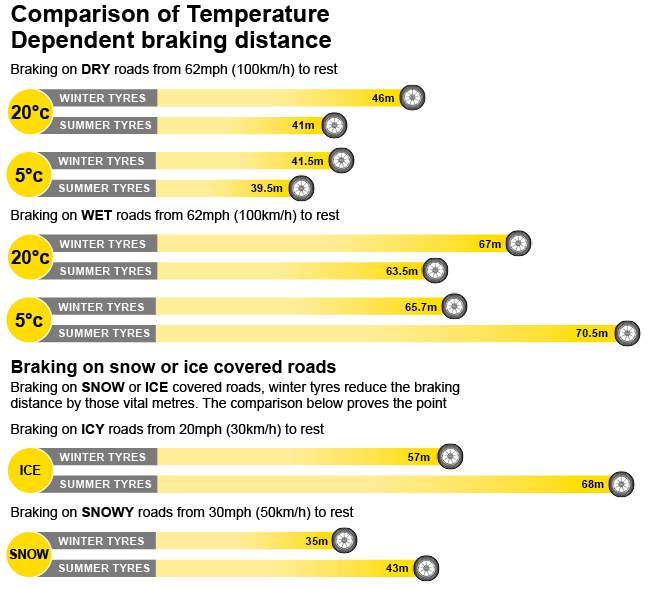
Now we know that winter tyres do make a difference, here’s a full list of benefits they provide:
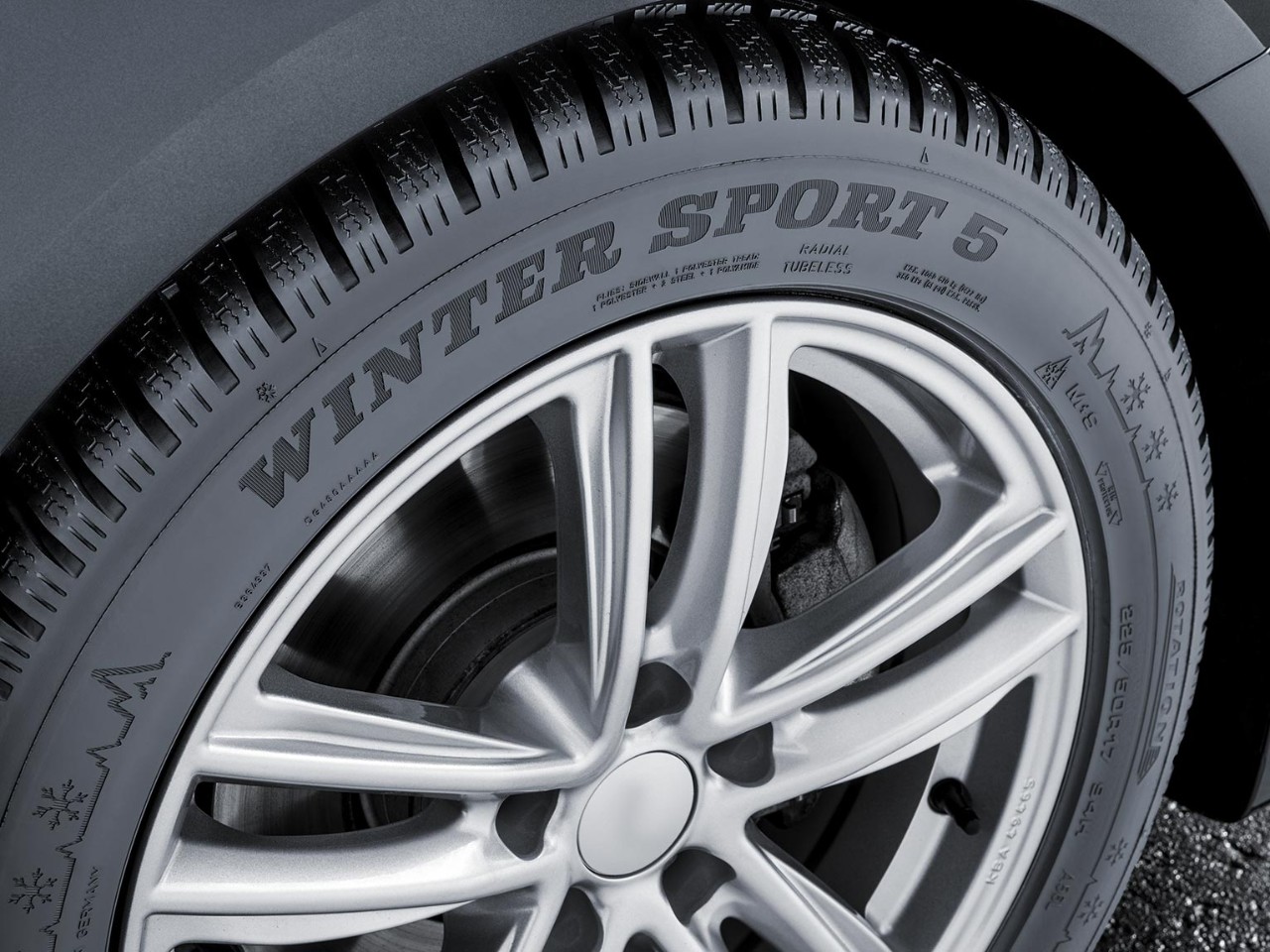
Whilst winter tyres can be used in the summer and vice versa, it is strongly recommended to use the correct tyres for the temperature and season for optimum safety and performance.
In summer conditions generally above 7°C, the performance of winter tyre in terms of braking distances and traction can be poorer than that of summer tyres.
All weather tyres (or all seasontyres) may be a better option than winter tyres if you don’t want to switch your tyres twice a year. All season tyres blend the technologies of both winter and summer tyres into a tyre that is designed to perform well all year round.
Typically, all season tyres won’t perform quite as well as the tyres designed specifically for each season, however they are a much better option than using the wrong tyre for the wrong season. For this reason, their popularity is growing in the UK.
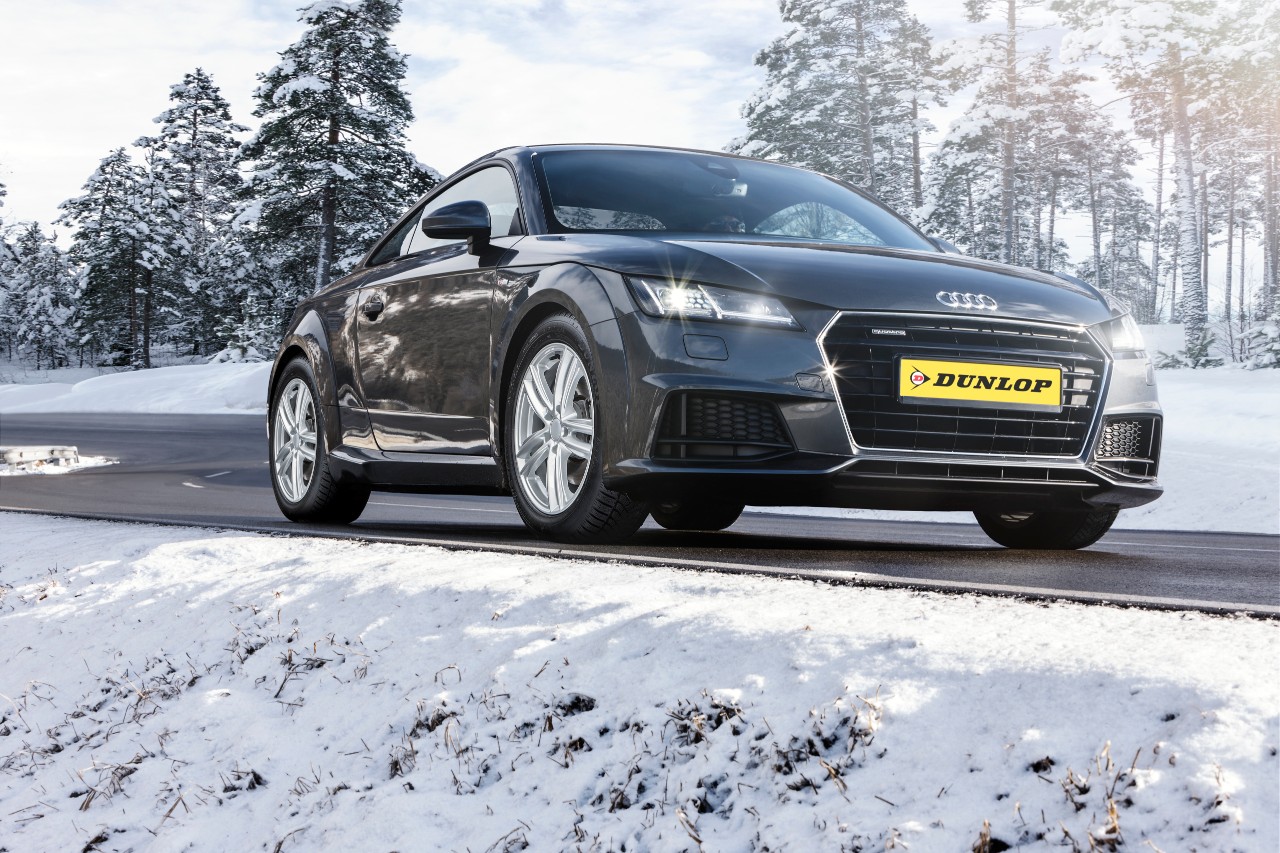
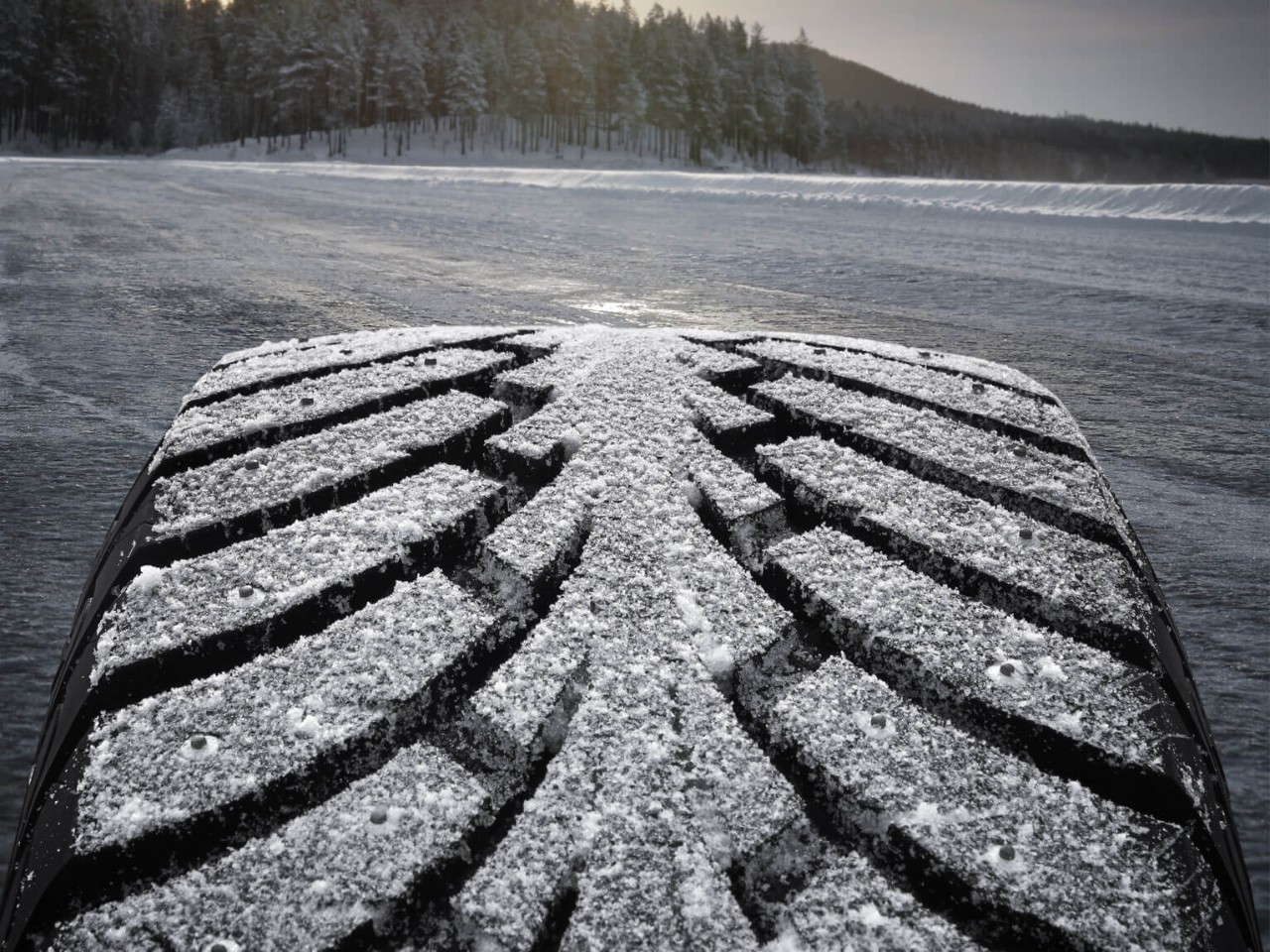
In the UK, it is recommended to put winter tyres on your car when temperatures drop below 7°C. On average, temperatures usually fall to these levels between November and April. But there’s no specific date, and temperatures can be vastly different in urban areas compared with rural areas. So you need to keep an eye on the temperature where you are and when it drops below 7°C, that’s when you should consider changing to winter tyres.
Once temperatures start to rise above 7°C in spring, it’s time to change back to summer tyres.
You should not mix tyres designed for different seasons.
If you put just two winter tyres on your car—whether that’s on the front or back—it will negatively impact your handling, making difficult conditions even more dangerous.
It is important to always put a full set of winter tyres on your car, not just two.

You can store your tyres yourself or speak to your tyre dealer who may be able to store them for you. Follow this tyre storage advice from HiQ Tyres & Autocare:
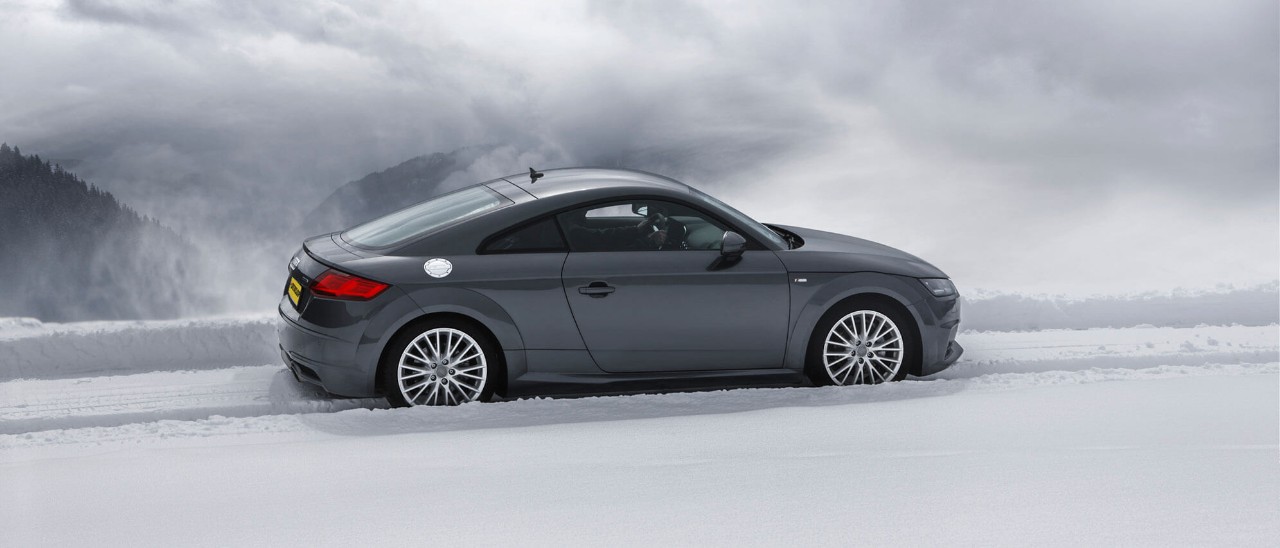
Lastly, here’s a few tips to consider when driving in the winter months: